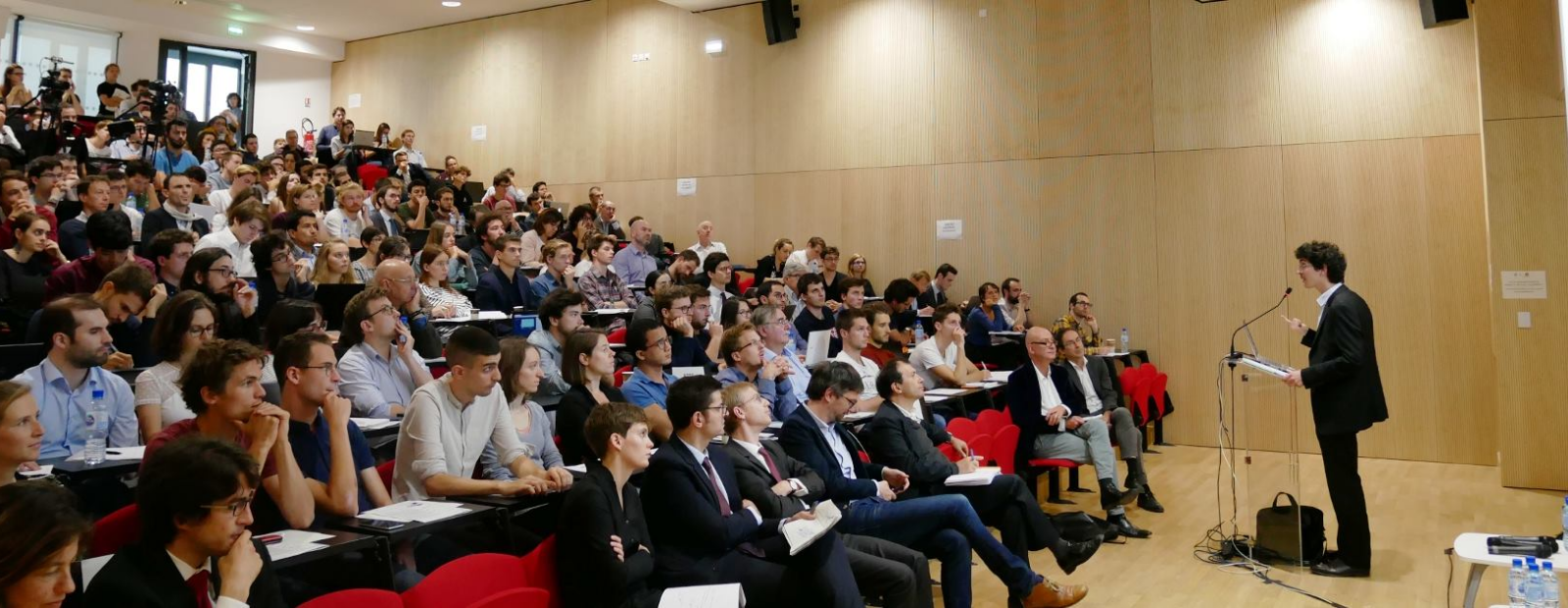Publié en
- Directeur de recherche
- Coresponsable du pôle travail et emploi
- CNRS
- Institut des politiques publiques
- Membre de l’Institut des Politiques Publiques
Groupes de recherche
- Chercheur associé à la Chaire Politiques éducatives et mobilité sociale.
THÈMES DE RECHERCHE
- Economie de l’éducation
- Marché du travail
- Organisation du travail et relations professionnelles
- Politiques publiques
- Protection Sociale
Contact
Adresse :48 Boulevard Jourdan,
75014 Paris, France
Campus :
Campus Jourdan
Étage : 3
Bureau : 58
Publications HAL
-
L’index de l’égalité professionnelle offre-t-il un panorama fidèle des écarts de rémunération entre les femmes et les hommes ? Article dans une revueRevue : La Revue de l'IRES
-
The Double-Edged Sword of Role Models: A Systematic Narrative Review of the Unintended Effects of Role Model Interventions on Support for the Status Quo Article dans une revueRevue : Review of Research in Education
Publié en
-
Does Feasibility Explain the Unequal Development of Working From Home? Pré-publication, Document de travail
Publié en
-
Gouverner. Un enjeu essentiel OuvragesAuteur : Fanny Henriet, Philippe Askenazy, Thomas Renault Éditeur : Odile Jacob
Publié en
-
Early Gendered Performance Gaps in Math: An Investigation on French Data Pré-publication, Document de travail
Publié en

